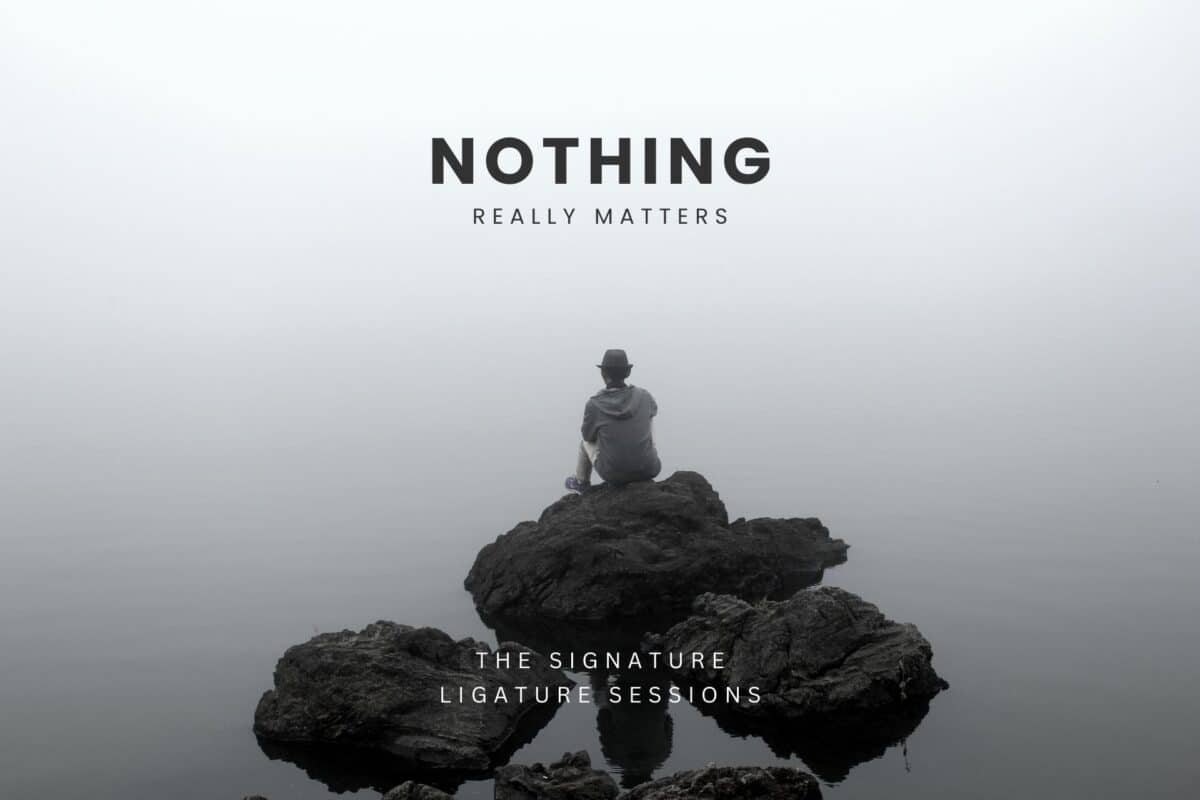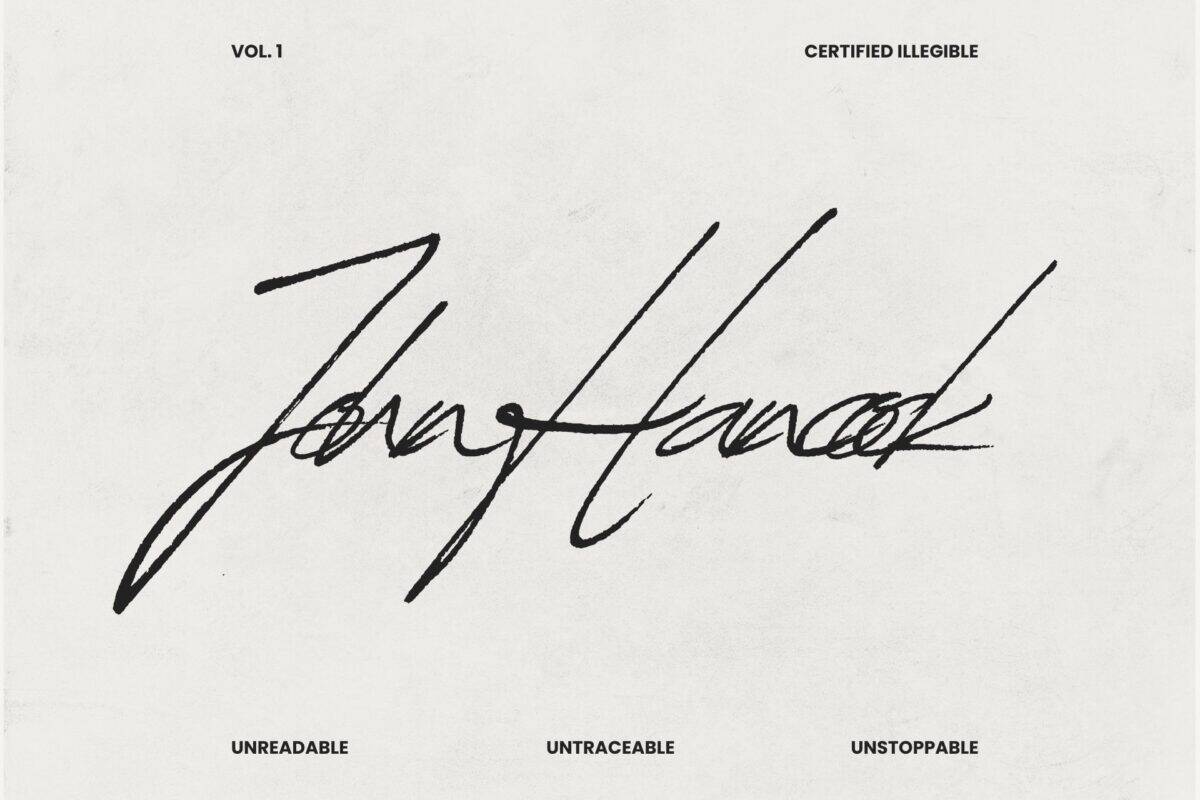Which Name Should You Sign on the SS-5 Social Security Form?

Should you sign your old name or your new name on the SS-5 form when updating your social security card after a name change? It's a small detail, but it stops people cold.
Here's the answer: sign your new legal name. The Social Security Administration (SSA) expects your signature to match the name you're requesting.
Where does it say that on the SS-5 form?
It doesn't. The SS-5 application is 5 pages long:
- 4 pages of dense instructions
- Followed by the form
Surprisingly, it contains no guidance about your signature and name change.
So where does the SSA say this?
SSA Program Operations Manual System (POMS), RM 10205.180, "Applicant's Signature on a Form SS-5 when applicant is not in the office":
If the NH applies on his or her own behalf, the signature in item 17 must agree with the Name to be Shown on Card in item 1.
Translation:
- NH means number holder. That's you, the social security number (SSN) holder.
- Name to be shown on card is your new name.
Much of the form is like this. Written in vaseline clarity and despair. That's why we put together a social security name change guide to cut through the fog.
Should you write "(new name)" next to your signature?
Oh, no. Don't do that. Don't add notes next to your signature like new name, maiden name, or married name. SSA's manual says they'll reject your form if you do.
What if you signed your old name?

Don't worry: SSA will still accept your application whether you signed your old name, new name, maiden name, or married name.
SSA's own manual says it's acceptable when:
An applicant enters their new married name in line 1 of item 1, but signs the signature block using their prior name.
But you should sign your new name to match what you're requesting.
Why does it feel like anything goes?

SSA rules might sound strict, but they allow plenty of wiggle room with signatures:
- Sign your old name or new name (That's fine)
- Exclude your middle name (No problem)
- Omit your suffix (It's okay)
- Use initials, abbreviations, or nicknames (It's allowed)
For example, Kimberly Ann Wick can sign Kimmy Wick or K. Wick, but not Kimbo or Kimbucha, because they're not "obvious" nicknames.
So what would get rejected?
The problem is when your signature is clearly inconsistent with the name you put on the form. For example, you're Janelle Sampson, but you sign Jacky Sampson.
That's when SSA sends your SS-5 back with Form SSA-L676, asking you to explain.
Wrapping up… sign smart, not stressed
If you changed your name after marriage, divorce, or court order, sign your new name. If you messed up and signed your old name by mistake, you'll still be fine.
And if your signature looks like this beautiful monstrosity, maybe dial down the calligraphy frequency by 50%.

Your social security card is just the first step. Our name change kit makes it easy to finish that and everything else.